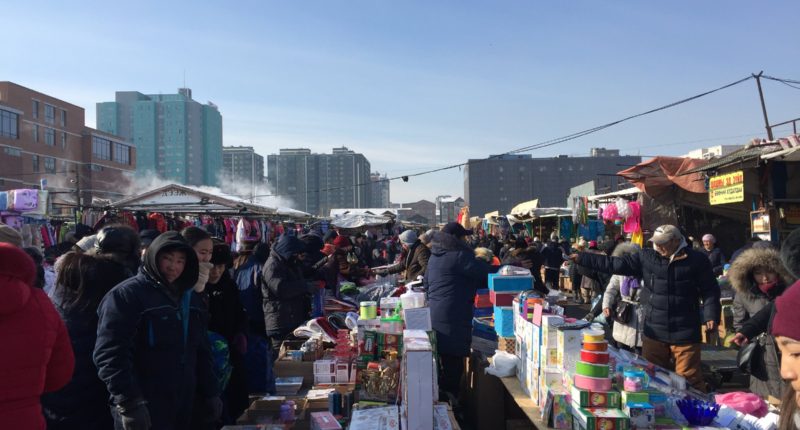Mongolia has a high dependency on both imports and exports with its two immediate neighbors.
Exports
Since the 1990’s revolution, the change in the state of Mongolian export reflects the change in the state of the political landscape. In accordance with the National Statistics Office, 81% of the exports were to Russia and 0.7% to China in 1990, whereas in 2023, 80% of the total exports were to China versus only just 1% to Russia. As of now, the main exports products (as a percent of total exports) are coal (40%), copper concentrate (29%), gold (2%), crude oil (6%), iron ore (5%), and cashmere (5%).
Imports
In contrast, as of 2023, the import is more evenly source from multiple nations compared to export with 26% of the total import coming from China, 22% from Russia and followed by Japan, South Korea, USA, and Germany. The main imports are industrial equipment (26%), fuel (19%), automotive (9%), electricity (2%) and the remaining imports are medicine, mobile phones, consumer goods, and food.
Deficit in trade
Mongolia’s trade deficit stood at 2.1 billion USD on average from 2011 to 2013 and from the following year, the trade surpluses has risen from 538 million USD and it reached 1.1 billion in 2018. In 2023, the country exported goods and raw materials worth $15.2 billion, and the foreign trade balance in positive.









